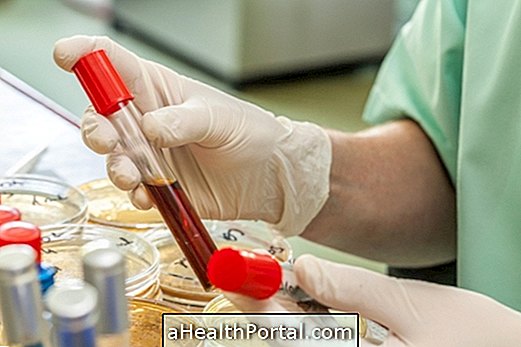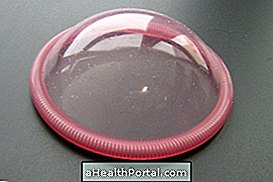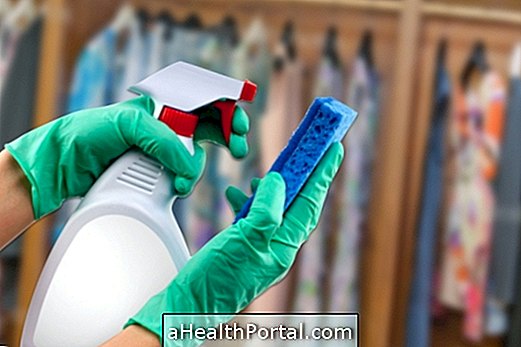Women who have breast implants can and should get a mammogram every year from the age of 40 to see if there are changes in the breast tissue that may be the first sign of cancer.
However, since X-rays used in the examination fail to adequately penetrate silicone prostheses, both silicone and saline, it may be more difficult to observe the entire breast tissue with the conventional technique, and it may be necessary for the technician to do more pictures than the normal, to ensure that all fabric is evaluated.
Thus, it is advised that at the time of marking the examination the clinic is informed that the breast implant is used, so that they can adjust the technique and even make small adjustments in the device to obtain the best images.
![]()
4 Common questions about mammography with prothesis
Most cases of women who place breast implants occur between the ages of 20 and 30, so it is normal for the doubts about getting a mammogram to come up only a few years later. Some of the most common doubts are:
1. Can the prosthesis hurt the test result?
Breast implants can actually impair the image taken on the mammography exam, so it is very important to advise the technician on the use of implants so that he can adapt the technique and capture all the necessary images around the prosthesis.
Generally, prostheses placed in front of the pectoralis muscle cause more alteration in the images, since they are more close to the mammary tissue.
2. Can mammography damage the prosthesis?
Mammography applies pressure to the breast, but there is usually no risk of damage to the breast prosthesis since it can be moved up, down or sideways, avoiding pressure directly on the prosthesis.
In cases where the breast implant can not be moved, the doctor can advise other types of exams that do not need to apply pressure to the breast, such as ultrasound or MRI, for example.
3. Is there a higher risk of cancer from having an implant?
The risk of cancer in a woman with a breast implant is the same as that of a woman without a prosthesis, and the main risk factors include having more than 40 years or cases of breast cancer in the family, especially in close relatives as parents or siblings.
4. Where can I get the mammogram?
Mammography can be done at any specialist clinic in this type of examination, however, at the time of the appointment of the examination it is recommended to question the experience of the technicians in performing this examination in people with breast augmentation, since there are technicians with more training to do this type of examination.






















